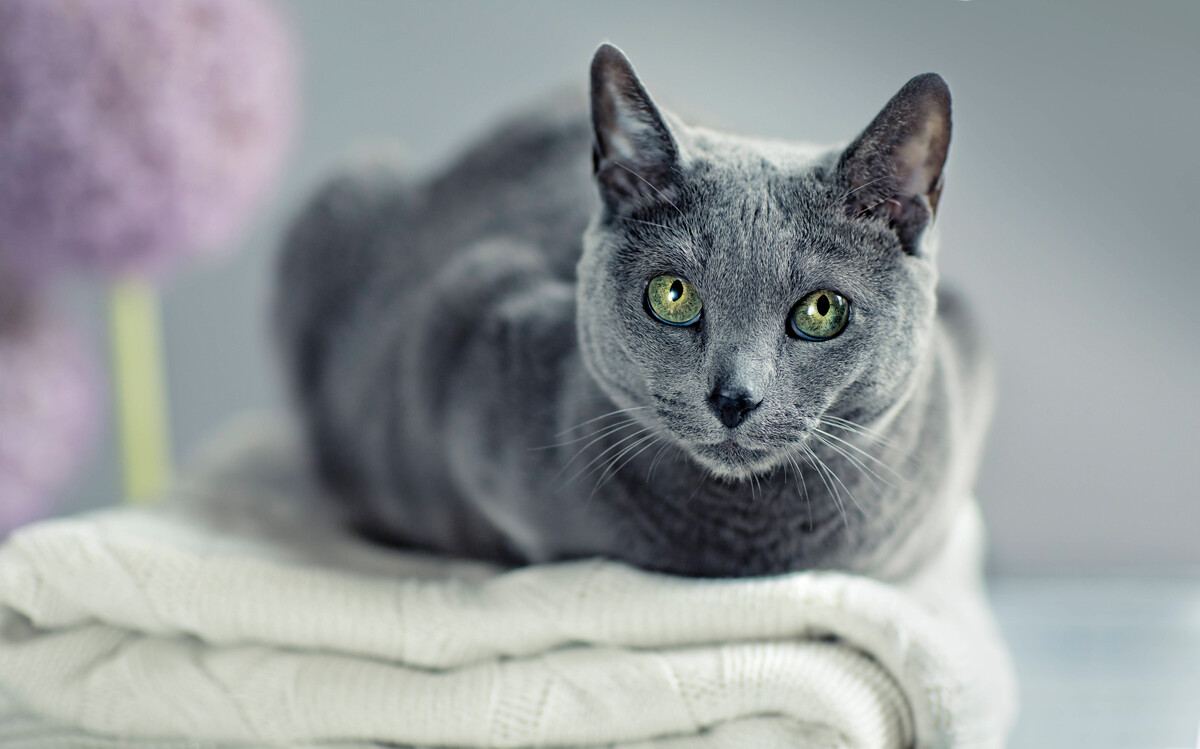
This intelligent and quick-witted cat can be distinguished from its relatives by its emerald green eyes and short silky gray-blue fur with a slight silvery sheen.
The breed appeared thanks to English breeder Karen Cox, who, in 1893, brought some kittens from Arkhangelsk and began to cross them with other breeds. The Russian Blue Cat was officially recognized by felinological societies in 1912. In Cox’s homeland, the animals were valued for their plush fur and excellent skills as rat catchers.
During World War II, the breed found itself on the verge of extinction, but breeders were able to revive it by crossing the Russian Blue Cat with Siamese and British short-haired cats. In Russia, interest in the cat arose only in the 1980s.
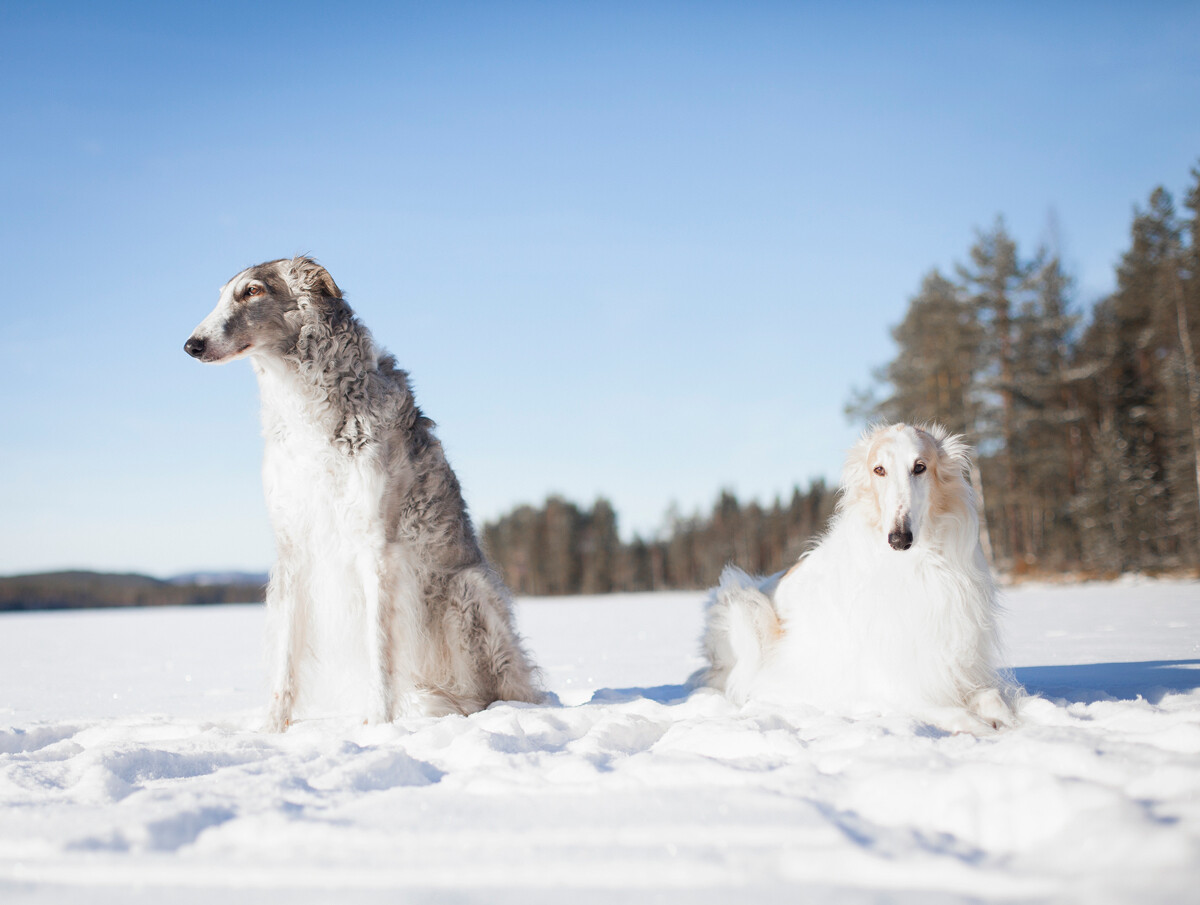
The Russian word ‘borzy’ means ‘fast’: Dogs of this breed can reach a maximum speed of up to 80 km/h, so they can even hunt hares; they were also often sent after foxes and wolves. They are one of the tallest dogs in the world: Their height at the top of the shoulders can reach 85 cm.
There is a view that the real homeland of the breed is Northeast Africa or the Arabian Peninsula, and that it was the Tatar-Mongols who brought the Borzoi to Russia. Following their example, Tatar Borzois were bred in Russia in the 15th-16th centuries, but then they began to be crossed with Russian dogs to create a crossbreed more resistant to the local climate.
The Russian Borzoi became a separate breed in the 17th century, at around the same time hunting with hounds reached the height of its popularity among the nobility. The 1917 Revolution and the subsequent Civil War led to the destruction of dog breeding kennels, which were regarded as a legacy of the tsarist regime and this brought the breed to the brink of extinction. It was not until the 1930s that breeding kennels began to be reopened in Russia.
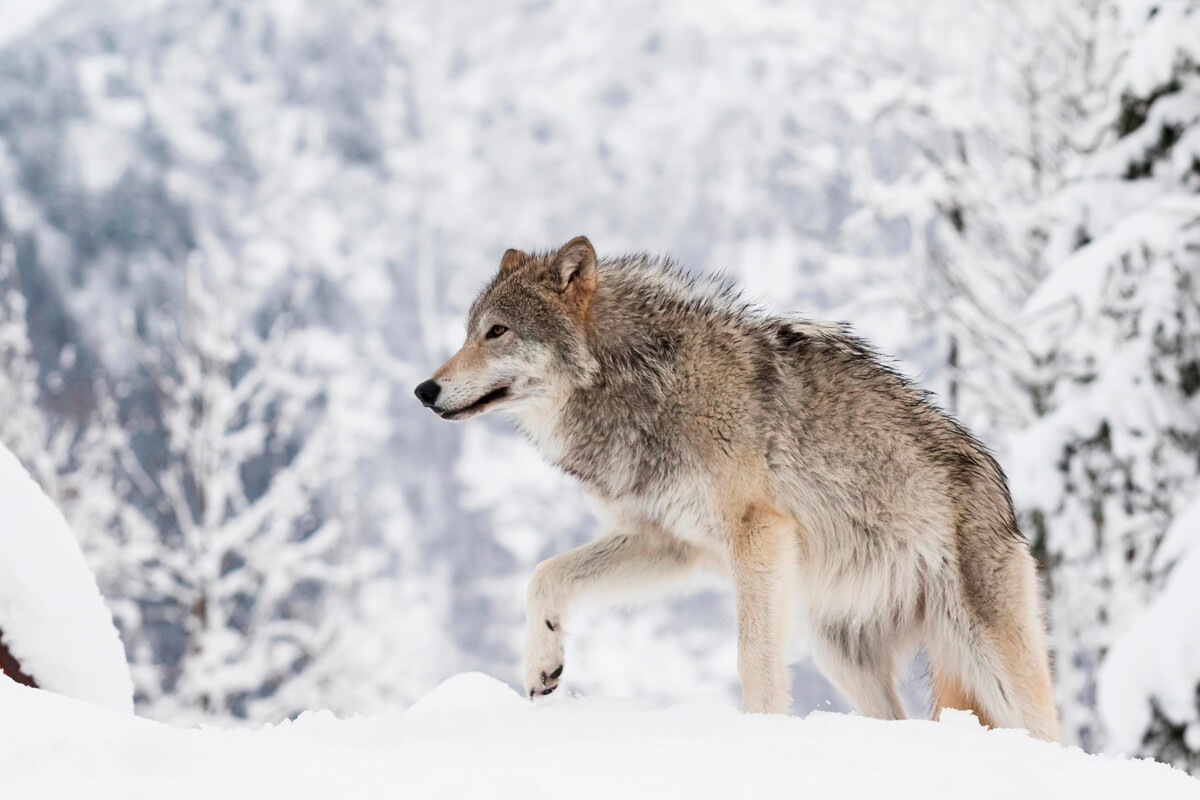
This is the name Western zoologists give to the ‘Canis lupus communis’ - a subspecies of gray wolf, which is specific to Central and North Asia: It lives in the mountains, taiga and tundra. Five subspecies of gray wolves are to be found within the borders of Russia.
The gray wolves in Russia are considered to be more dangerous and more aggressive than their North American “cousins”. They have frequently featured in Russian folklore as embodiments of an alien, unfamiliar, savage and dangerous world and have been used as a “bête noire” to scare children:
Sleep little baby,
Lie not at the edge of the bed
The little gray wolfie will come
And grab you by your tiny side.
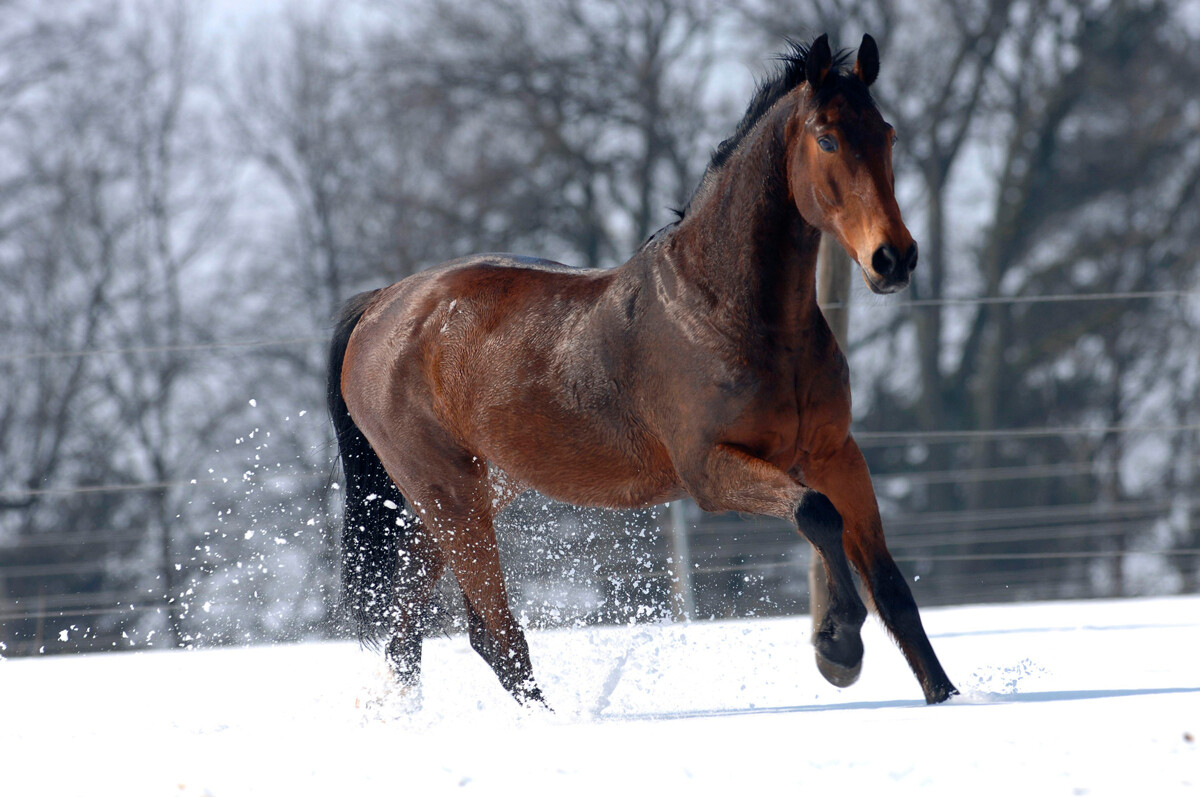
From the 18th century onwards, Orlov Trotters were regarded as the most spirited examples of their type in Russia, but this only lasted until American-bred trotters started to be imported in the early 20th century. Because the buyers did not understand the transatlantic breed well, American horse breeders frequently sold the Russians stallions that were far from their most valued specimens - sometimes they were even substandard. But, even these American trotters started to outrun the Orlovs in races.
Within a short space of time the two breeds started to be intermixed in Russia. The cross-breeds displayed very good racing abilities compared with the Orlovs and cross-breeding became standard practice. Close breeding continued in Russia until 1949, when the separate ‘Russian Trotter’ breed was officially registered. Subsequently, intermixing became haphazard, as a result of which the physical conformation of the cross-breeds frequently failed to meet the required standard.
Additionally, while the early Russian trotters were mainly bred for the racecourse, as the 20th century progressed the main goal became the breeding of a “universal” horse fit for the countryside, the army and for labor.
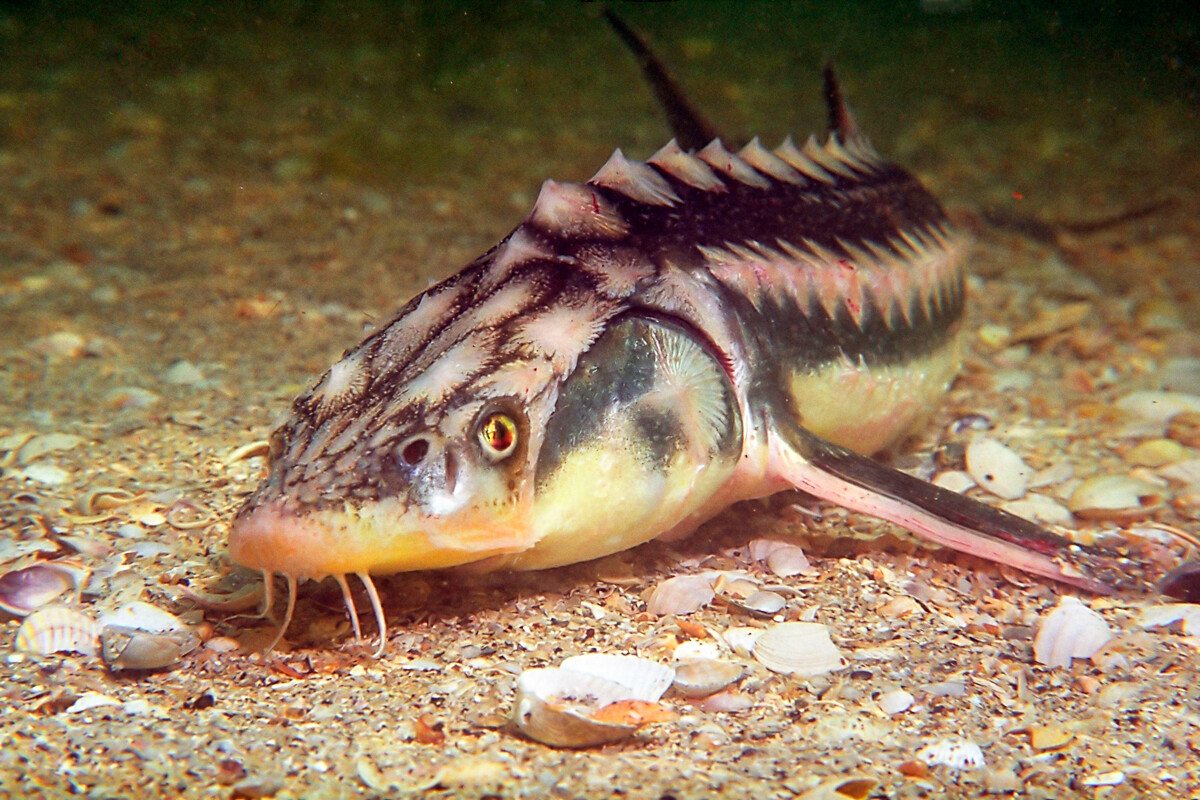
One of the subfamilies of sturgeon comprises 17 species and nine of them are to be found in Russia. What distinguishes the Russian Sturgeon from its “cousins” is its geographical habitat: It lives in the Caspian, the Black Sea and the Sea of Azov and travels up rivers to spawn (it is said that, in the 18th century, it could even be caught in the River Moskva).
Despite the fact that the Russian Sturgeon can grow to two meters in length and weigh close to 80 kg, it is not the largest in its family, being smaller in size than the White Sturgeon (the biggest fish in the wider sturgeon family is the Beluga). Nevertheless, Russian Sturgeon caviar is second only to Beluga caviar in terms of price. As it happens, both species are on the endangered list, so Russian Sturgeon have started to be bred at fish farms, while commercial fishing for any species of sturgeon is banned in Russia.
Dear readers,
Our website and social media accounts are under threat of being restricted or banned, due to the current circumstances. So, to keep up with our latest content, simply do the following:
If using any of Russia Beyond's content, partly or in full, always provide an active hyperlink to the original material.
Subscribe
to our newsletter!
Get the week's best stories straight to your inbox